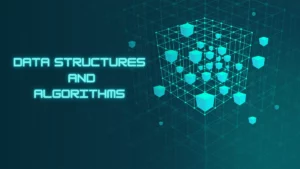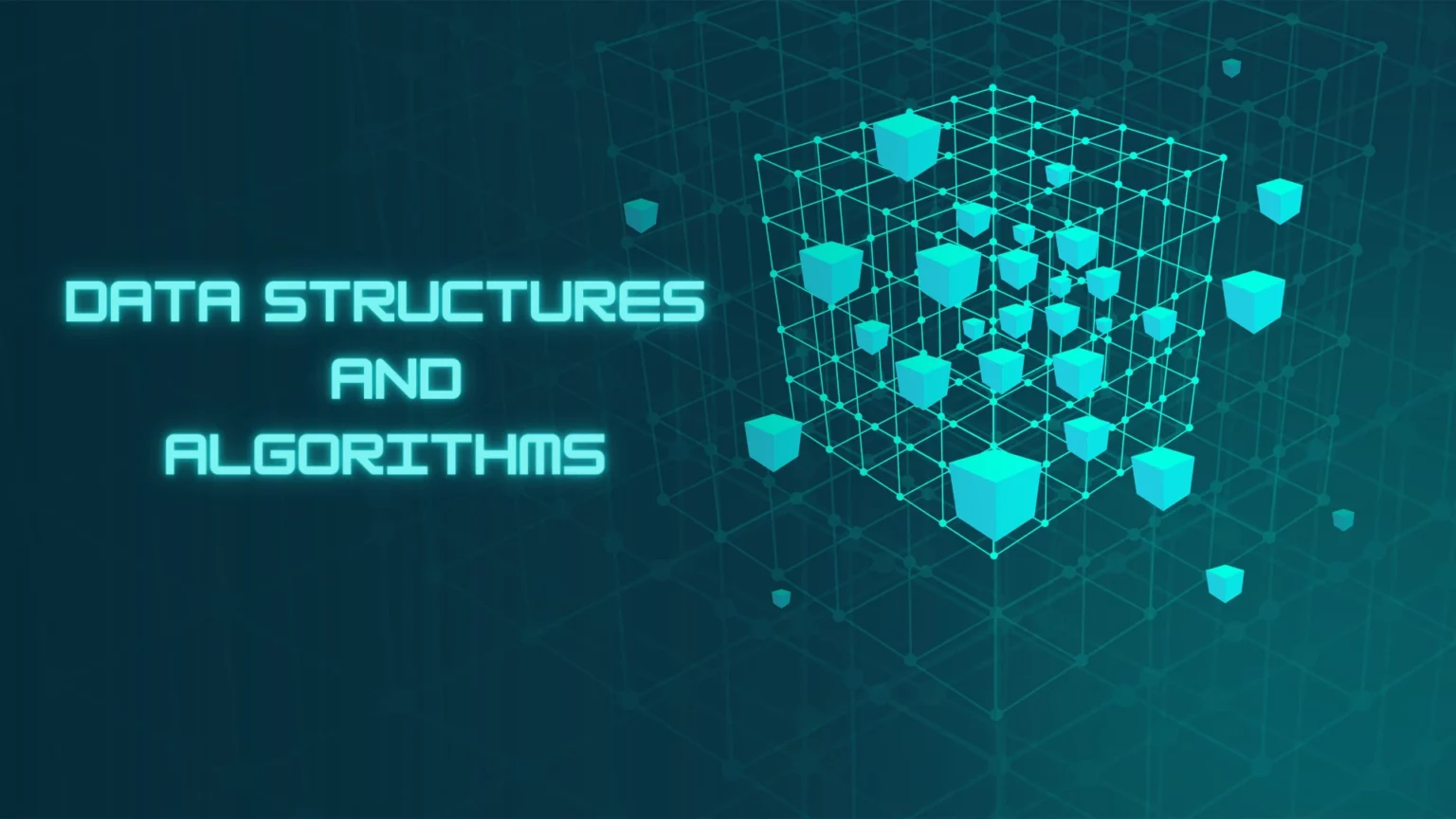Introduction
In an era defined by technological advancement, algorithms and data structures emerge as the unsung heroes shaping our digital landscape. From powering search engines that comb through vast online repositories of information to enabling intricate financial modeling, these fundamental concepts underpin the very foundation of modern computing. If you’re a newcomer to the world of programming and computer science, fear not. This in-depth beginner’s guide is here to unravel the intricate tapestry of algorithms and data structures, providing you with a profound understanding that will propel you confidently into the realm of coding mastery.
Unveiling the Essence of Algorithms and Data Structures
Algorithms: The Art of Problem-Solving Imagine algorithms as the intricate dance of instructions that transform a complex problem into an elegant solution. These step-by-step processes embody the essence of logical thinking and strategic planning, presenting an organized approach to tackling challenges. Much like a composer meticulously arranges musical notes to create a symphony, programmers craft algorithms to orchestrate the manipulation and analysis of data.
Data Structures: Blueprinting Information Architecture Picture data structures as the architects of digital information, designing the blueprint upon which data is stored, accessed, and manipulated. Each data structure offers a unique organizational framework, akin to the various rooms and corridors within a sprawling mansion. Choosing the right structure is akin to selecting the optimal layout for efficient movement and access to various spaces.
The Crucial Role of Algorithms and Data Structures
Efficiency: The Elegance of Optimization At the heart of every algorithm and data structure lies the quest for efficiency. Just as an artisan refines their craft over time to achieve flawless execution, programmers refine their algorithms and data structures to minimize resource consumption and maximize performance. By selecting the most suitable algorithm and data structure, developers ensure that applications operate with impeccable speed and precision, even when confronted with massive datasets.
Scalability: Building for the Future As technological ecosystems expand and user demands evolve, scalability emerges as a paramount concern. Properly designed algorithms and data structures lay the groundwork for seamless scalability, enabling software to gracefully handle increased workloads and maintain responsiveness. Much like the design of a skyscraper, these concepts allow systems to grow vertically and horizontally without structural instability.
Problem-Solving Prowess: Navigating the Labyrinth Delving into algorithms encourages a structured approach to problem-solving. These intricately woven sequences of instructions encourage programmers to dissect complex challenges into manageable components, much like a cartographer mapping a complex terrain. By breaking down problems into smaller, more comprehensible pieces, programmers gain the clarity required to design effective solutions.
Unveiling the Tapestry of Common Algorithmic Types
Sorting Algorithms: Organizing Chaos Sorting algorithms impose order upon chaos, arranging disarrayed elements into a systematic sequence. Comparable to the curator of an art gallery arranging masterpieces, these algorithms meticulously categorize data for easier retrieval and analysis. Examples encompass a spectrum from the intuitive Bubble Sort to the efficient Quick Sort, each with its own nuances and trade-offs.
Search Algorithms:
Graph Algorithms:
Navigating the Terrain of Fundamental Data Structures
Arrays: Foundations of Ordered Storage Arrays stand as the bedrock of data storage, providing a linear structure to hold elements of the same type. Analogous to a row of labeled boxes, arrays facilitate rapid access to data through index-based referencing. Their fixed size and uniformity simplify memory allocation but may limit flexibility in certain scenarios.
Linked Lists:
Stacks and Queues:
Trees: Nurturing Hierarchical Relationships Trees epitomize hierarchical organization, encompassing a root node from which branches extend. Comparable to a family tree, trees establish relationships between data points, facilitating efficient search and retrieval. Binary trees, binary search trees, and self-balancing structures like AVL and Red-Black trees exemplify the diverse array of tree structures.
Embarking on Your Journey into Algorithms and Data Structures
Learning Resources:
Practice as the Forge of Expertise Mastery of algorithms and data structures requires dedicated practice. Transcend theoretical knowledge by implementing algorithms in various programming languages and conquering coding challenges. Through this hands-on experience, you’ll forge a deep connection with these concepts and refine your problem-solving prowess.
The Power of Collaboration and Community Immerse yourself in the vibrant world of programming communities, forums, and social media groups. Engaging with fellow enthusiasts and experts empowers you to exchange insights, seek guidance, and learn from the experiences of those who have navigated this intricate landscape before you.
Conclusion
Algorithms and data structures are the cornerstones of the digital universe, bestowing upon you the power to transform intricate problems into elegant solutions. As you delve into their intricacies, remember that mastery requires time, dedication, and a willingness to embrace the challenges that lie ahead. By unraveling the enigma of algorithms and data structures, you unlock the gates to a world of limitless creativity and innovation. So, step boldly onto this path of discovery, harness the profound potential of these concepts, and embark on a captivating journey into the realm of coding excellence.
If you need further assistance, feel free to Contact Us.

